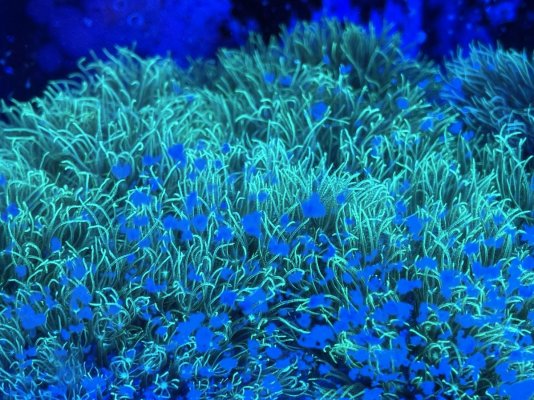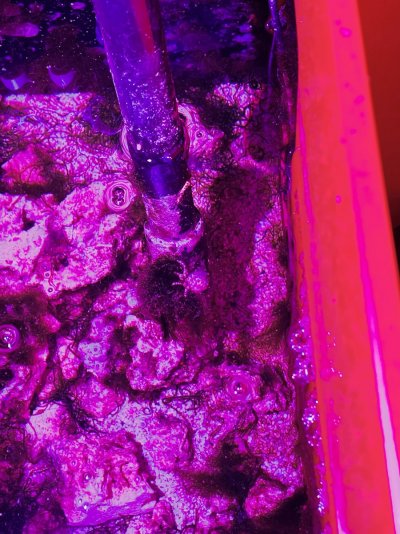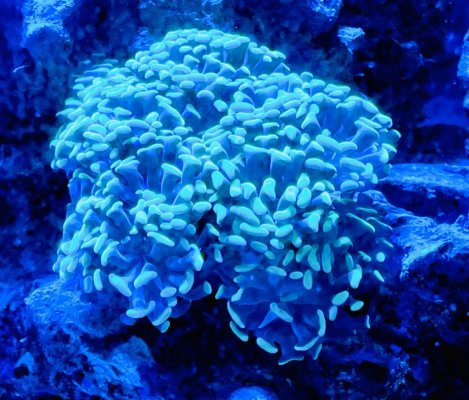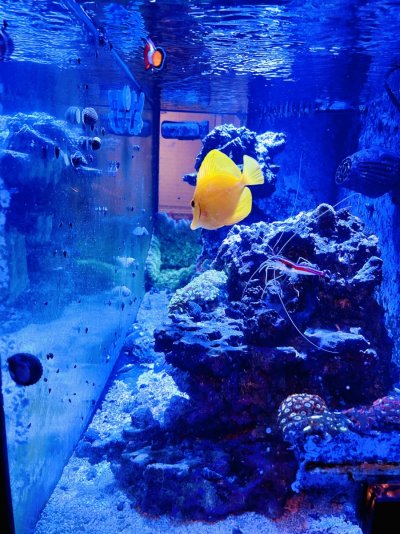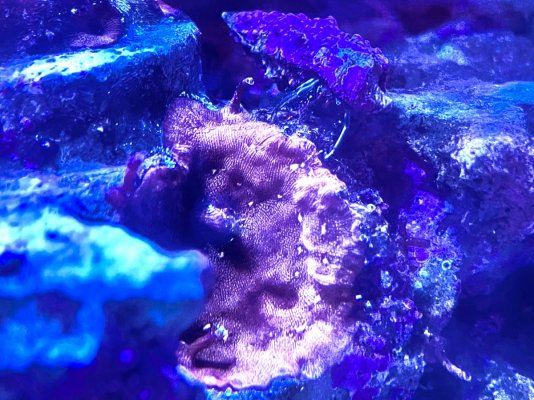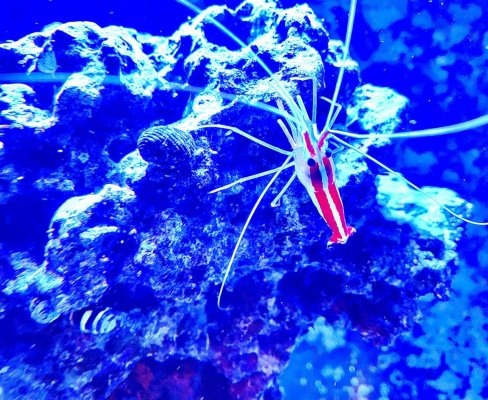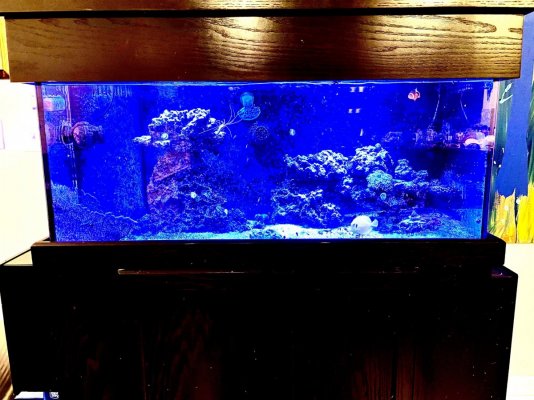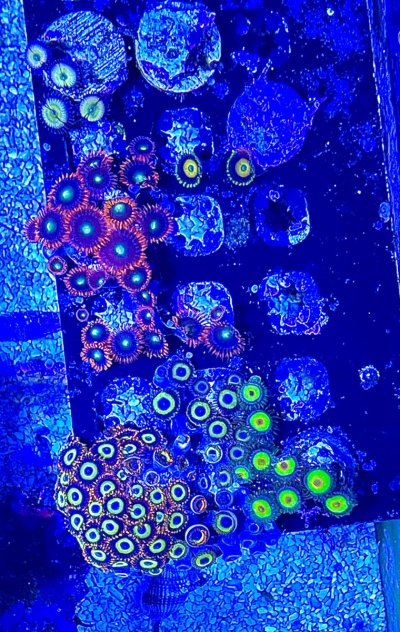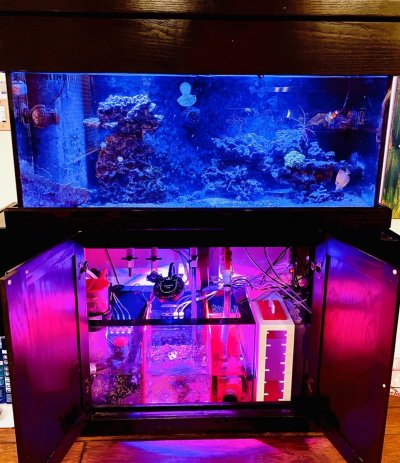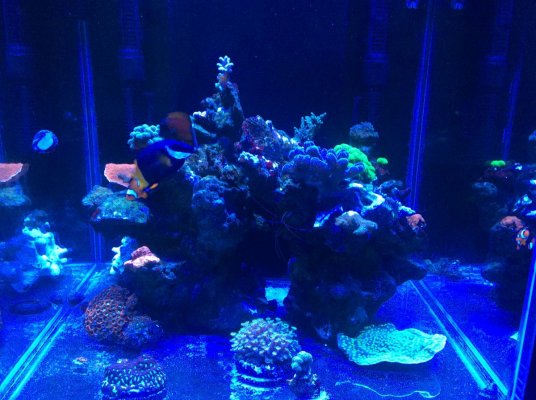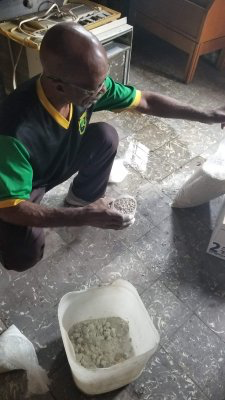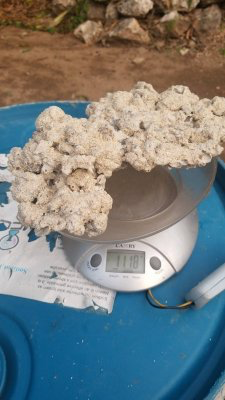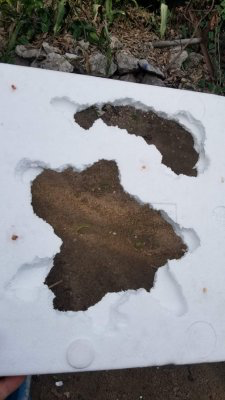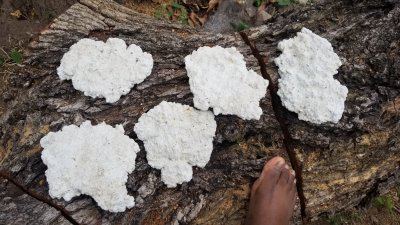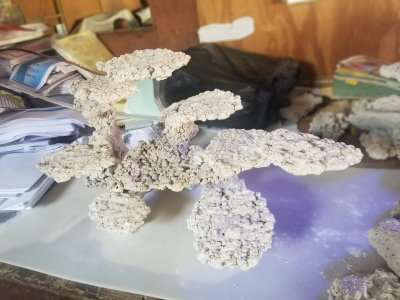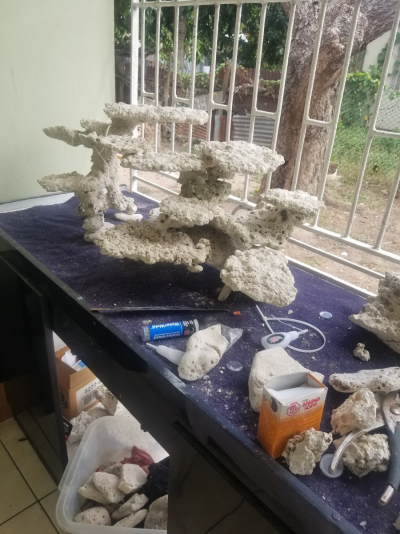Sorr
Sorry, sorry.... had my hand in the tank. Oh, after reading your post, maybe I shouldn't have said that. Please disregard. Lol.
All I can say is what a precise log. You mentioned you have another tank I think? I bet that helped with taking it slow. I think when it's the only tank in the house, we tend to be impatient and more fiddley. Respect to your willpower. I don't think I could manage it. I'd be scaping, rescaping and going bat poop crazy asking "Coralline! Why you no grow!?".
I want to also ask you about your lights and nutrient level as they impact the cycle for sure.
How much white light did/do you run and did you notice nutrient spikes etc that contributed to the look of the rock?
I’ve kept the lighting the same the entire time. White tops out at 20%, but I also keep it in “acclimation” mode at 25% reduction of all LEDs permanently. That was the only thing I adjusted… finding a balance between gha growth and how good the snails could manage it. I scrape the glass maybe monthly and never have to remove any gha from the tank itself… only the refugium.
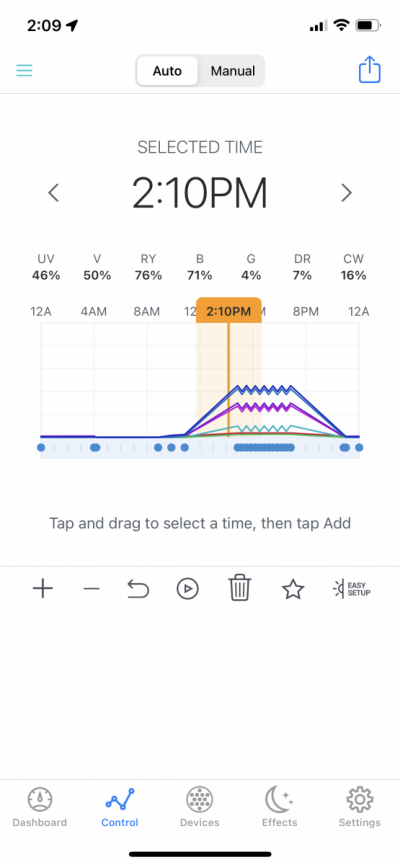
As far as nutrients go, I’m always focused on not increasing the loads any faster than the tank can consume it. I’ve never had more than 4 fish in there at once. I also never added more than one in a 30-day period. I add things one at a time, and then allow weeks for things to stabilize before considering adding anything else. The various populations respond accordingly, but it takes time. Slow, slow, slow, slower, and steady have been keys for me. Early on in my hobby days, I learned that changes/additions had a .999 positive correlation to tank crashes… the odds increasing almost factorially with the number of changes done at once!! I do one maintenance thing per day, tops, unless there’s something requiring immediate repair. I’m annoyingly slow with my tanks, the trade-off being that I probably have one of the more boring tanks compared to a lot of peeps on here! I find my zen in the long-game though. I really prefer letting synthetic nature run it’s course




